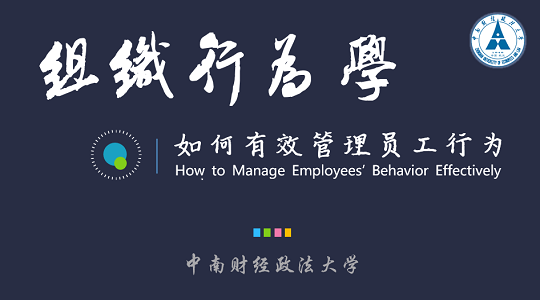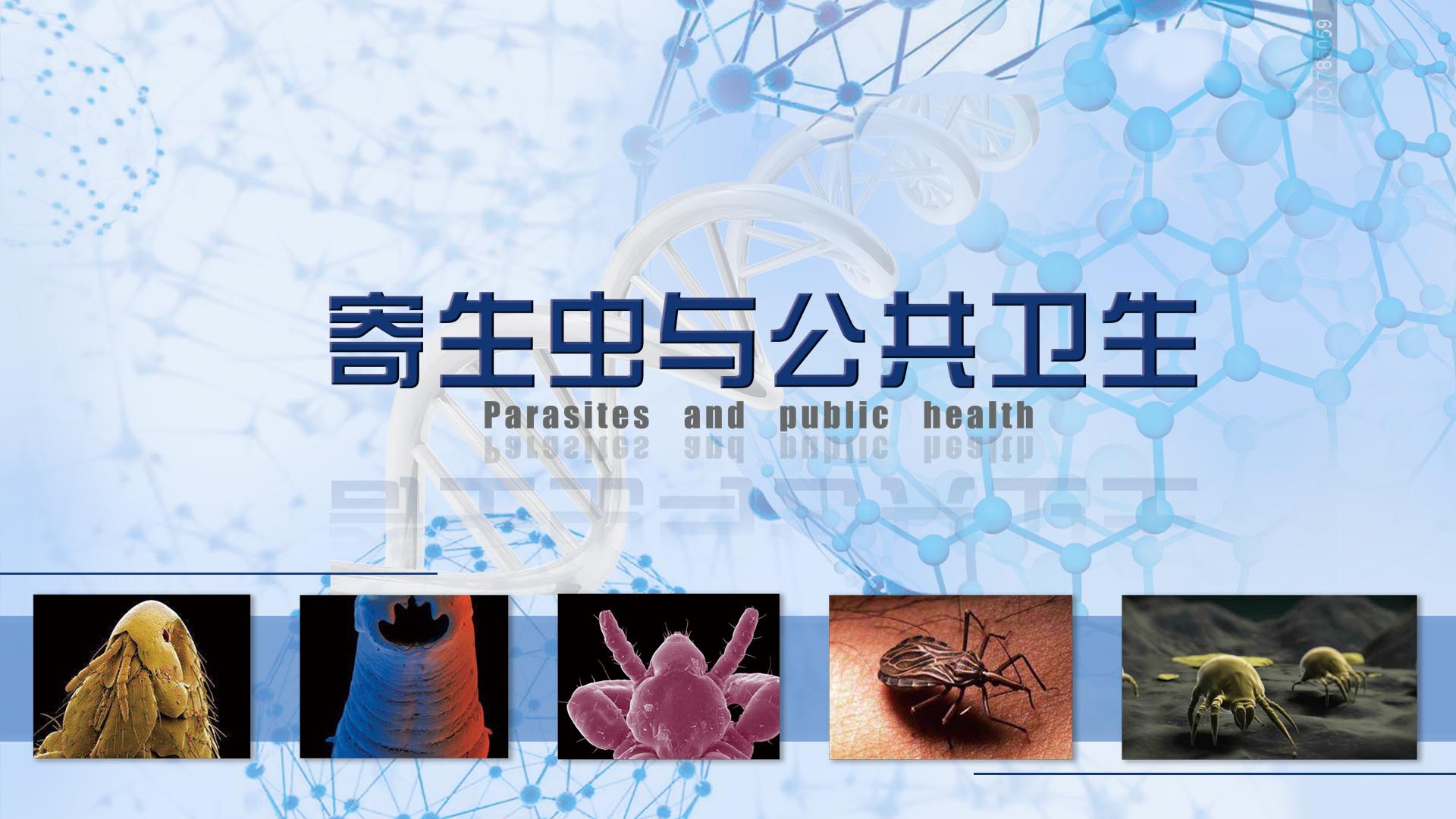
当前课程知识点:国际医学会议交际英语 > Chapter 12 Understanding Conference Etiquette > Exercise > Chapter 10 Part 1
Hello
everyone
I'm LiuHongchen
from Capital Medical University
from Capital Medical University
Now we are going to talk about Chapter ten
chairing a conference
Upon completion of this chapter
you are expected to
you are expected to
understand what it means to be a presider
for an academic conference
understand what a presider must do
when chairing an academic conference
grasp better ways needed
for chairing an academic conference
Part one introduction
A professional medical conference
provides not only a perfect channel
for the exchange of latest research progress
but also a wonderful occasion
for some novice medical professionals
to improve their academic prestige
by presenting their studies to the peers
While presenting one's research
in an academic conference
may prove to be a challenging task
chairing one is something that
is no easier to handle
Part two functions
Chairing an academic conference
is much more of a job
than simply passing the microphone among speakers
A presider's role is like a bridge
that smoothly leads
that smoothly leads
the conference to the aim
So what makes a good presider
A good presider in most cases
need to enjoy a certain level of academic prestige
or at least to be a well learned
figure within the field
In this way
he or she could be alert enough
to cope calmly and flexibly
with the professional context
Good insights of issues being presented
may enable a presider
to steer the course of discussion
keeping the topic stay on track
encouraging fair contribution from all the members
and summarizing major points
being discussed in general
A good presider needs to fulfill
the following duties as
inviting the speakers controlling time
keeping order
negotiating differences
lightening the atmosphere
summing up the main points of each presentation
part three
suggested ways to successfully chair
an academic conference
A series of steps
to chair a professional medical conference
have been formed in practice
namely opening a meeting
introducing each presenter
summarizing each presentation
organizing discussions
organizing discussions
extending appreciations
to presenters or experts
and delivering a closing speech
One opening a conference
one important duty of a presider
is to announce the opening of the conference
which can be subdivided
into the following four paths
self introduction of the presider himself
self introduction of the presider himself
Third parties introduction
creating an easy atmosphere
schedule announcement
Self introduction of the presider
A sound self introduction can be a good way
to remind the audiences that
it is time to start a session
usually
it is started by a simple greeting
to the audiences
and ended with the name
of the conference
such as
Example 1
Greetings all or good evening,
ladies and gentlemen
my name is Lu
from Capital Medical University
or I am Liu
a doctoral candidate or
a fellow researcher
from Capital Medical University
It is my utmost the pleasure
to be your chairman
to share this evening session today
for the annual Conference of the Prevention
of Cardiovascular Diseases
Third parties introduction
Sometimes a presider would also have to
speak on behalf of the third party's interest
namely the organizers
or even sponsors of the conference
through extending welcome
or appreciation to the audience's
experts or each presenter
Example two
On behalf of North China Pharmaceutical Group
we thank you for your enthusiastic participation
and wish you have a nice time
today for this session
Example 3
we warmly welcome you
on behalf of North China Pharmaceutical Group
to this session today and appreciate
all the experts presenters
for your willingness to share
your studies with us
your studies with us
Creating an easy atmosphere
an academic conference due to
its highly professional nature
may easily generate tense
among audiences and presenters
It his hance vital for a procedure
to create a free and relaxing atmosphere
for all participants to speak
In fulfilling the task
some subtle skills would be needed
such as readdress
such as readdress
the conference theme
or session topic
so as to clear the thoughts of the audience's
using plain and simple language
to address the audience
Not required
though
though
a sense of humor such as
self deprecation will always be helpful
in relaxing the atmosphere
You may begin like this
example four
Well
as we are going to talk about the
prevention of cardiovascular diseases
I hope all your folks
could chew down a little bit
and prepare yourself for all
the incoming novel ideas
as too much tension or fierce discussion
may also be the cause of cardiovascular diseases
and if we do have one or two cases
out of some intense arguments
we may well provide good examples
for our next session tomorrow
which is all about the cure of
cardiovascular diseases
Schedule announcement
A concise schedule announcement
is indispensable to a good opening speech
in an academic conference
It is vital for the presider
to brief about each phase of the conference
so that the audiences may well cope
their time with the schedule
as which sessions they are interested in most
and which they feel not
so strongly in attending to
Moreover
it is also important to give presenters
and experts and notice
and when they will speak
how long they can speak
and what may come after their presentations
You may conduct this part like this
Example 5
Our conference will be going on
for two and half days
with three sessions in total
with three sessions in total
You may find the specific timeline
and major events
for each session on the poster
or in your conference brochure
Tonight will be the first session
where we will focus our discussions
on the prevention
of cardiovascular diseases
There will be five presenters
sharing their latest research
in that field with us
and they will speak in an order
as shown in the list on the screen
A presenter will have approximately one hour
to present their work and thirty minutes
to answer questions from the audiences
Now let's welcome the first presenter
Dr Leal from Capital Medical University
to share his study
Dos and don'ts.
Chairing an academic conference
doesn't mean to attract all the spotlights
A presider is there to smooth
the progress and control the pace
in other words
to ensure good coordination
between speakers and audiences
Therefore
a presider should always be aware of the length
of his own speech and make sure
all the speakers may have themselves
fully expressed for the opening speech
Here are several things that
a presider should always keep in mind
For self introduction
Never talk too much about yourself
Making a self introduction at the beginning
is not like a filling a resume
All you have to do is to let people know
who you are for who you work
For third parties introduction
try to be precise and concise
You are not there to make a commercial
so don't act like you are advertising
for the third party
which might prove to be annoying and
distracting to scholars and doctors
For creating an easy atmosphere
Avoid being too sensational
It is okay
sometimes even helpful
for presider to be humorous
in the opening speech
But he who chairs the meeting
should never take it as a chance
to show off one's charm
Usually one plane joke is merely enough
for easing the tense away
For schedule announcement
Always avoid being overly specific
A presider should never include
too many details in the opening speech
such as the specific time of each session
speakers names and etc
simply directing your audiences
to the right part where they could quickly
locate the information needed
locate the information needed
Two
Introducing each presenter
and summarizing each presentation
Introducing a Speaker
Introducing a speaker in an academic conference
may seem to be an easy job
yet there are also certain skills for a good
presider to follow
If he or she wants to have
a total control of the conference
Generally speaking
there are four strategies
for fulfilling the task
Direct introduction
A direct introduction serves
as the most straightforward way
to introduce a speaker
by providing information
including the speaker's name
title affiliation and title of
title affiliation and title of
the paper submitted.
You may begin this part like this
Example 6
Our next presenter is Dr.Liu
from Capital Medical University
He will address the issue of cardiovascular
disease prevention with a research paper
lately published on Nature
Appreciative introduction
The presider can also show appreciation
of the presenter’s work
while giving the introduction
You may begin this part like this
example 7
Our next presenter Dr. Liu
has achieved an encouraging breakthrough
in the prevention and treatment
of cardiovascular diseases
drawing from academics both in China and abroad
Now it is our honor to have him today
to give us a talk on the latest achievement
in prevention of cardiovascular diseases
Background introduction
Introduction with the anecdotes of the speakers
can sometimes cheer up the atmosphere
and create a friendly contacts
and create a friendly contacts
for the next presentation
You may conduct this part like this
example 8
our next presenter is Dr Liu
who was recently included
in the Thousand Talents program
for his outstanding research
in the Prevention and Treatment
of cardiovascular diseases
Of course
most of us may know him as
the Mr paper for his craze
in journal reading
today
we are honored to have him with us here
sharing his findings in the prevention
of cardiovascular diseases
Dr Liu
please.
Transitional introduction
A transitional introduction
is the one that connects the next presentation
with the previous one
It is given by firstly offering compliment
to the previous speaker
and then introducing the next one
Usually
a transitional introduction
works between two presentations
that are closely related with each other
And that you may do this part like this
Example 9
Thank you
Dr Liu
for your insightful report
on the recent progress
in screening cardiovascular diseases
our next speaker
Prof.Zhou
will further this research on the differential
diagnosis of cardiovascular diseases
I would like to call upon Prof.Zhou
to present his work
Prof.Zhou please
Summarizing each presentation
It is extremely important for presider
in an academic conference
to be able to sum up the main
topics of each presentation
It can be quite challenging for most audiences
to stay fully focused on each lengthy
and abstract medical research presentation
In that case
a summary of each presentation
may help those absent minded audiences
Well stay on track
A presider may handle this part like this
Example Tan
Well
that's an impressive breakthrough you made
in the prevention of cardiovascular diseases
Dr. Liu
You have renovated our understanding of
the prevention of cardiovascular diseases
with sound evidence
and delicate design of experiment
We are all looking forward to hearing
new progress made in the future
Do's and don'ts
The above strategies and tips
in most cases are not functioning alone
but in combination
generally there are three steps for
a good provider to follow
Step one
The set up
always remember to include
a speaker's name and background
Step two
the pitch
always remember to include what the speaker
will do and has done in the previous one
Step three
closing
always remember to point out the significance
of the presenter's work
and what can be expected
from his research in the future
-Exercise
-Exercise
-Exercise
-Exercise
-Exercise








